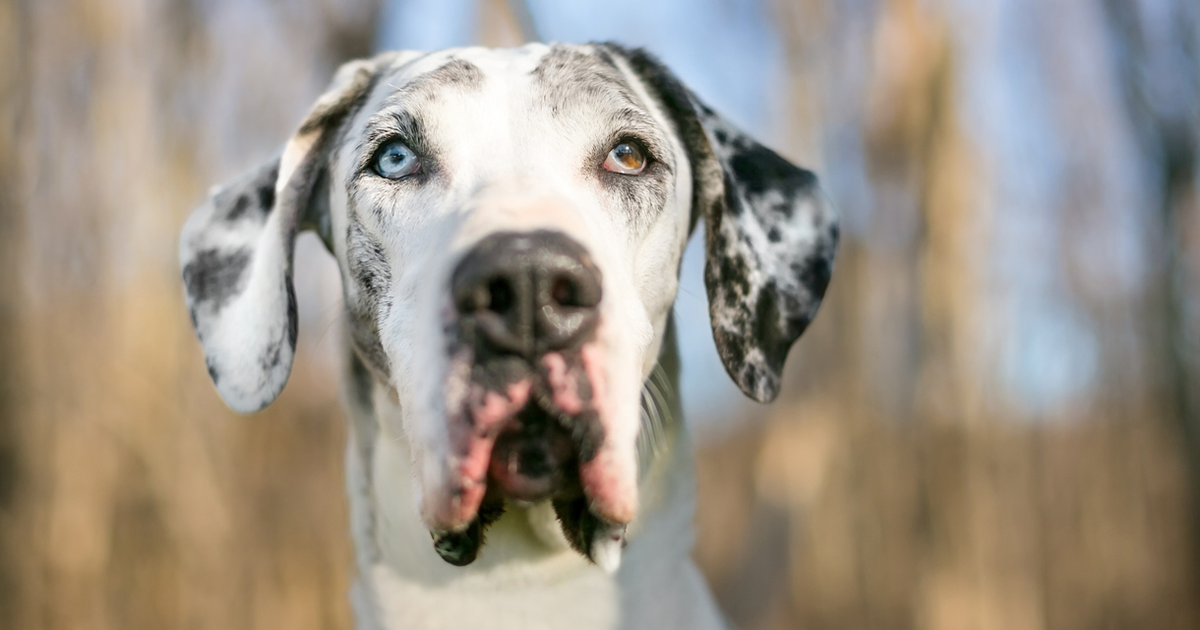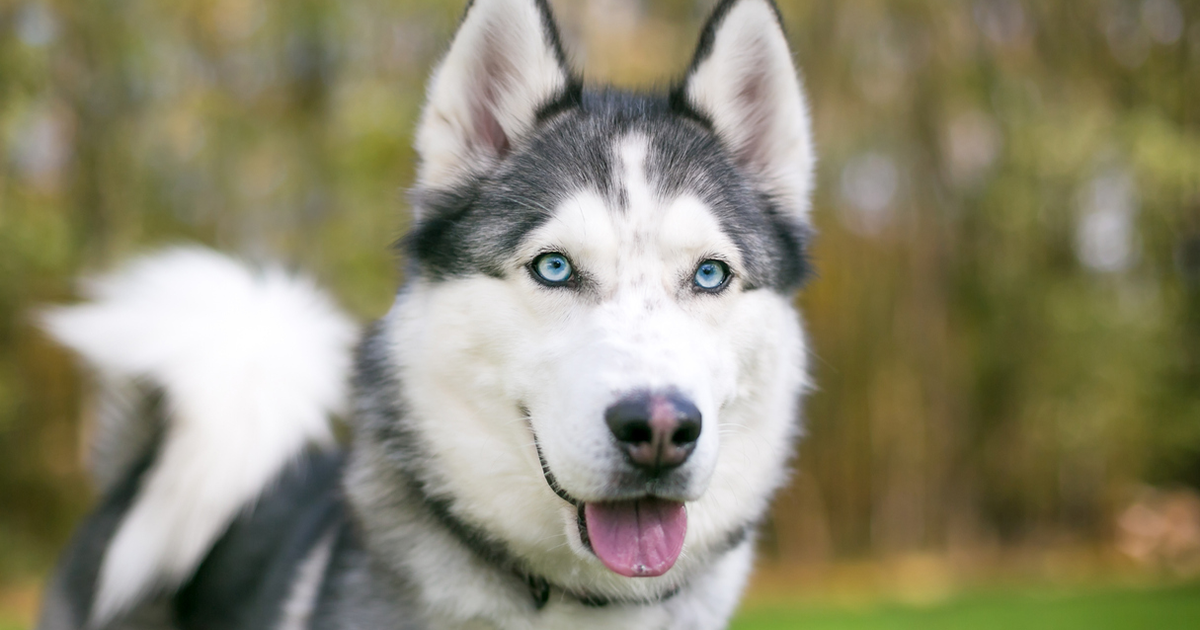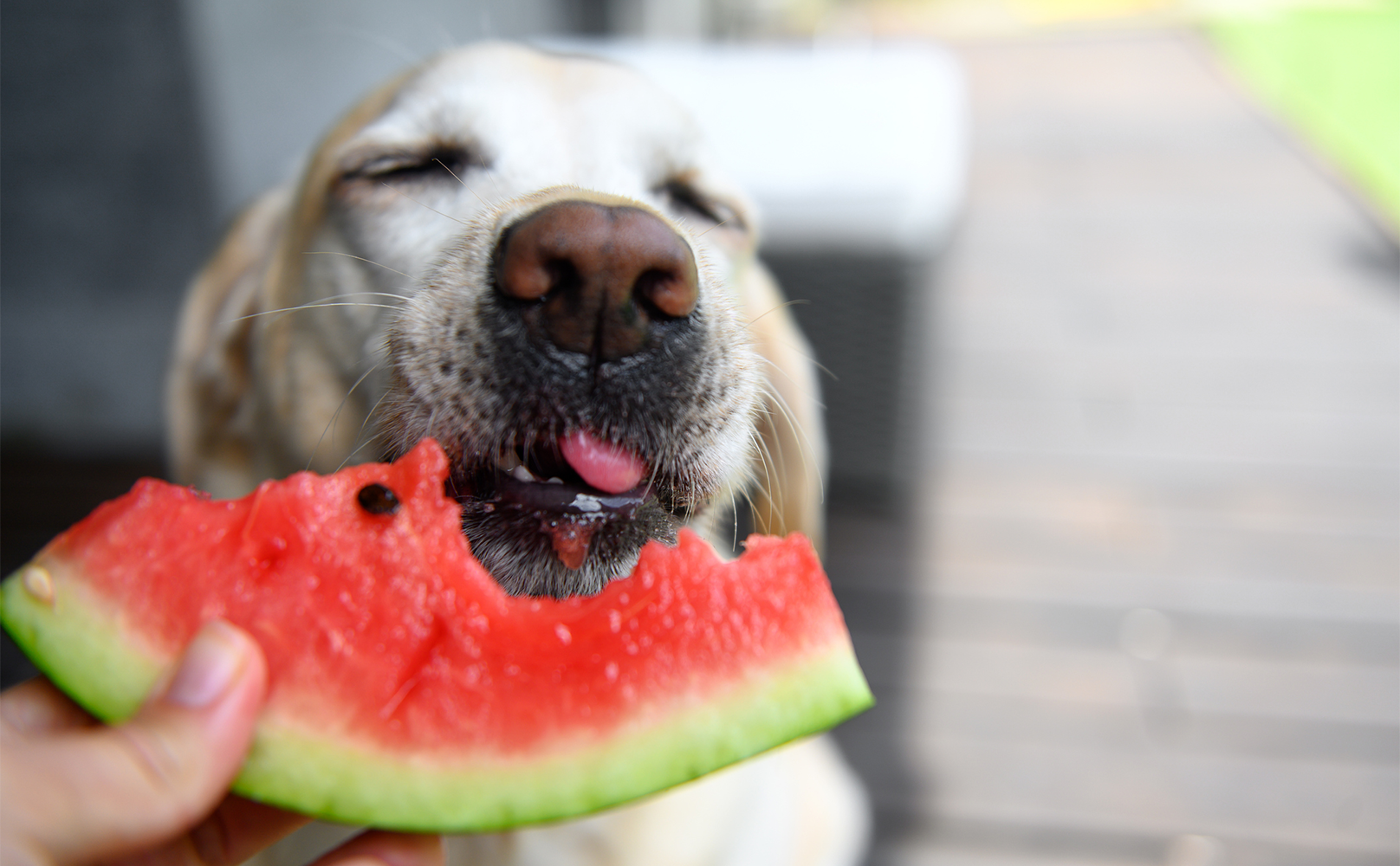The South Korean Jindo is a bold and brave powerhouse of a dog trapped in a medium-sized body. They are fierce hunters and devoted guard dogs. These traits, combined with their unmatched loyalty, make the Jindo a natural choice for South Korea’s National Dog. This fierce Korean national treasure is still considered a rare breed by the AKC, but has been recognized by the United Kennel Club since 1998.
The Jindo has perky triangular ears and a thick, sickle-shaped tail. They are known for their strength, dignity, agility and watchful, alert nature. Above all else, they are faithfully devoted to their masters.


With strong leadership and early, thorough training, Jindos make wonderful companions. However, this breed may not be the best choice for families with small children or those with multiple pets. They are known as one-man-dogs, and their powerful prey drive means they may not get along with other animals.
Owners unwilling or unable to assert strong leadership may be better off choosing a less challenging breed. On the other hand, those who put in the time and effort will find a fiercely loyal friend to share their active lifestyle with.
Breed Overview
Also Known As…
Korean Jindo. Chindo. Jindo Gae. JindoGae. Jindo-kae. Jindo-kyon. “The Harry Houdini of dog escape artists!”
What is the History of the Jindo breed?
When the Mongols invaded Korea during the 13th century, they brought along their dogs. Some believe the early Korean Jindo was a result of indigenous dogs breeding with these Mongol pups.
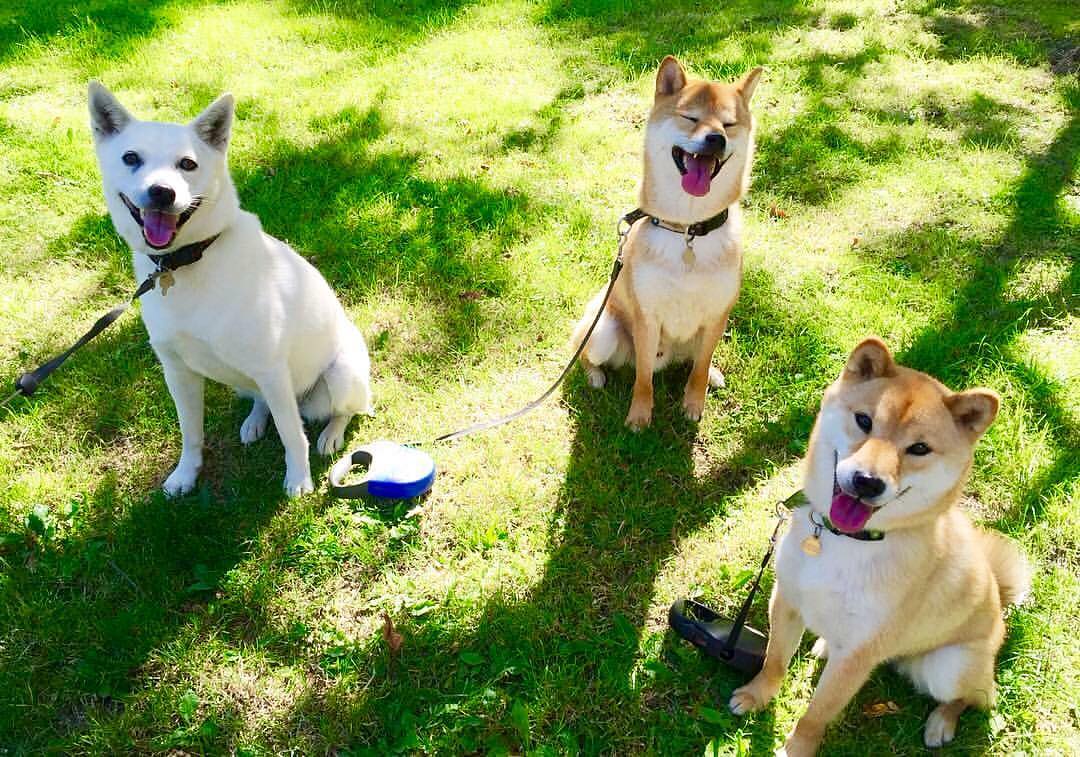

Some of the Korean soldiers retreated to the small Jindo Island off the southwest coast of South Korea for which the breed is named. The ancient Jindo strain became quite pure in this isolated environment.
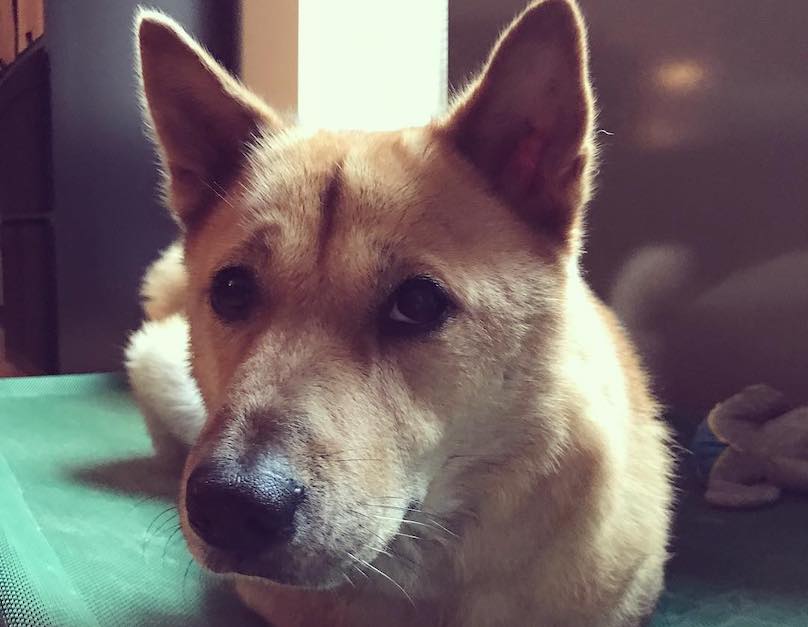

The Jindo enjoyed a life of freedom on the island, roaming unrestrained by their owners’ sides for thousands of years. This free-range lifestyle helped develop their remarkable hunting and guard dog skills.
In 1962, the Republic of Korea designated the Jindo a Cultural Asset, bestowing upon them the title of Korean Natural Treasure #53. Although they are not currently eligible for registration with the American Kennel Club, the Jindo was recorded by the AKC Foundation Stock Service in 2008.
How Big Do Jindos Get?
Height: 18.5-21 inches
Male Jindos grow to a height of 19½ to 21 inches. Females are slightly smaller at 18½ to 20 inches.
Weight: 30-50 pounds
The average Jindo weighs 30-50 pounds.


How long do Jindo Dogs (Generally) Live?
Jindos are generally quite healthy with a lifespan of 14 years or more. The most common health issues within the breed are allergies and hypothyroidism, but some Jindos suffer from cataracts and hip dysplasia.
Jindos also have a predisposition for a specific form of lupus that causes depigmentation of the lip and nose, lesions of the skin, and scar formation.
Another condition to watch for is cystinuria, a genetic disease that leads to kidney and bladder stones.
What is a Jindo’s Temperament & Personality Like?
Jindos are careful and intelligent with a calm, confident demeanor. According to the Korean Jindo Association of America (KJAA), they rarely bark without provocation, but they are extremely territorial and will not back down if challenged.
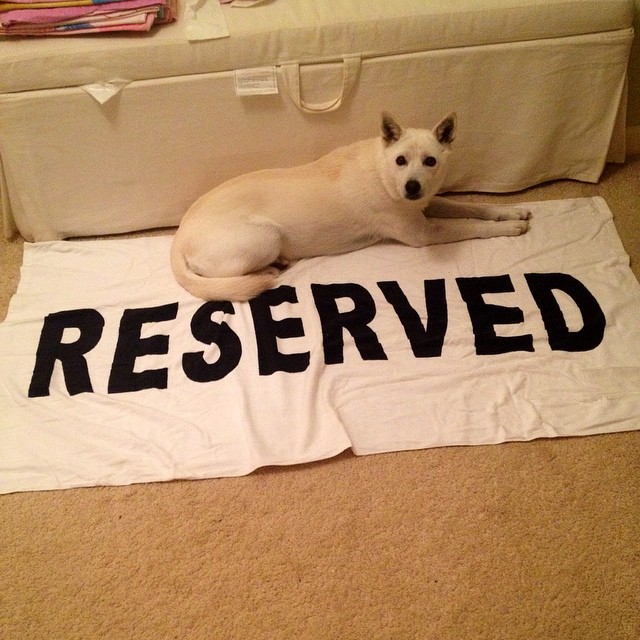

The Jindo is an independent breed with exceptional problem-solving skills. These traits worked well for the Jindo during its time roaming free in South Korea. Their intelligence combined with their desire for freedom makes them modern-day escape artists. There are few fences and crate doors they cannot conquer!
The KJAA lists fierce free loyalty as the Jindo’s most prominent personality trait. This can be both a blessing and a curse. Dog lovers will be hard-pressed to find a more faithful, protective companion. However, the Jindo may be aloof with other humans and hesitant to share their favorite person with other pets.
In combination with their great memory, Jindos are known to recall and still care for their previous owners who raised them when they were just a puppy. However, they have no problem creating attachments to new owners later in life.
Are Jindo Dogs Good With Kids? Cats? Dogs?
Some Jindos can live peacefully with additional dogs, others cannot. They are known to assert dominance and will not tolerate rude or challenging behavior from another pup.
If you already have a dog and wish to add a Jindo to your family, choose a puppy of the opposite gender to avoid same-sex aggression. Be sure to properly introduce the dogs and work on socialization and obedience training right away.
The Korean Jindo is unlikely to behave aggressively unless provoked. However, they are fiercely loyal and protective of their humans. Unannounced strangers will not receive a welcome greeting.
The breed has little interest in expanding their group of human friends beyond their own family unit. This is why early and ongoing socialization is so important.
Jindo owners must consider their cautious, aloof personalities when choosing trainers, pet sitters, etc. These dogs must get to know those they will be working with before being left alone together.
However, well-socialized Jindos can be quite affectionate with new people as long as their owner makes a point of approving the stranger’s presence.
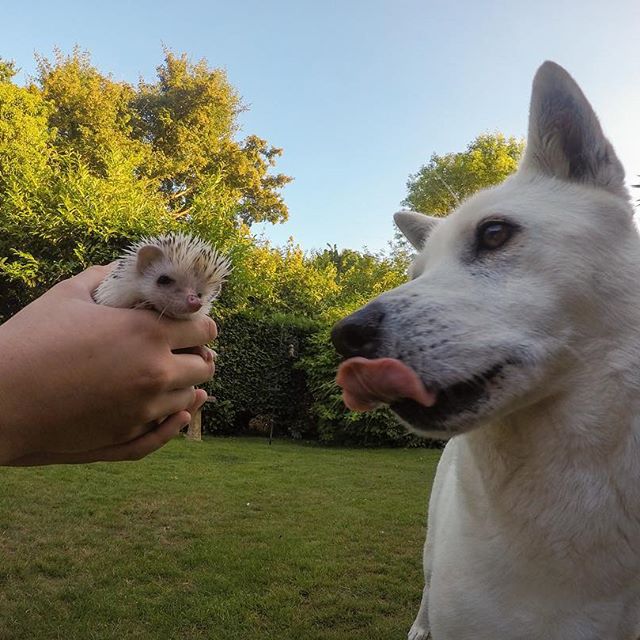

Did we mention that the Jindo has an extremely high prey drive? Their ancient origins as deadly proficient hunters is still with them, and they are likely to chase cats, birds, rodents, etc if allowed to run off-leash.
According to Treasured K9s, a 501(c)(3) dog rescue specializing in Korean Jindos, even the best trained dog will disregard commands in order to chase smaller prey. The desire is just too strong to resist.
Just as some Jindos can learn to accept other dogs, they can also coexist with cats and small pets, but it takes patience and consistent training on the part of the owner.
Are Jindo Dogs High Energy?
Jindos are a very energetic breed. They need daily physical exercise and mental stimulation to maintain their calm presence indoors. Using smart toys can be really helpful for dogs with a high intelligence as it allows them to use their energy and have fun. Letting your Jindo out in the yard to play by itself is not recommended. Their high prey drive and escape tactics may get them into trouble.
Instead, find something the two of you can do together. Jindos love having a job to do and excel at canine sports like lure coursing and agility. Not only are these activities wonderful for tiring out an energetic pooch, they also help strengthen the human-animal bond.
Are Jindo Dogs Hard To Train?
Jindos are extremely intelligent, always seeking mental stimulation but also independent and free-thinking. This means that despite their high capacity for learning, they may resist training if they do not know and respect the trainer.
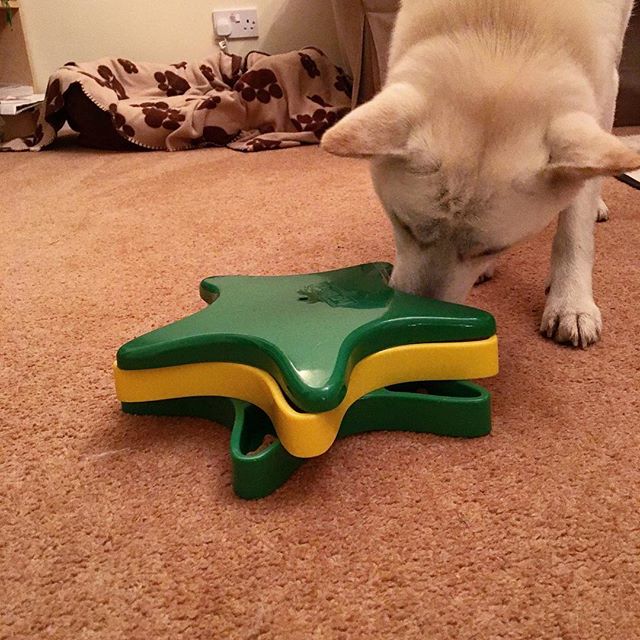

Experts recommend that the primary owner take an active role in the training process. If using a professional trainer or behaviorist, a relationship must first be built between the two.
The breed is known for its calm nature within the home, and therefore does not require much training to be a respectful indoor companion. They are not clingy or destructive, and rarely suffer from separation anxiety. Jindos are also quite clean, potty training early in order to maintain a tidy living space.
Best Training Techniques For Jindos
Early socialization and puppy training classes are important for all dogs, but especially so for the Jindo puppy. They tend to be aloof and mistrustful of strangers and impatient with other dogs. Starting young and building relationships with people and pets in your community will help ensure your Jindo develops into a good canine citizen.
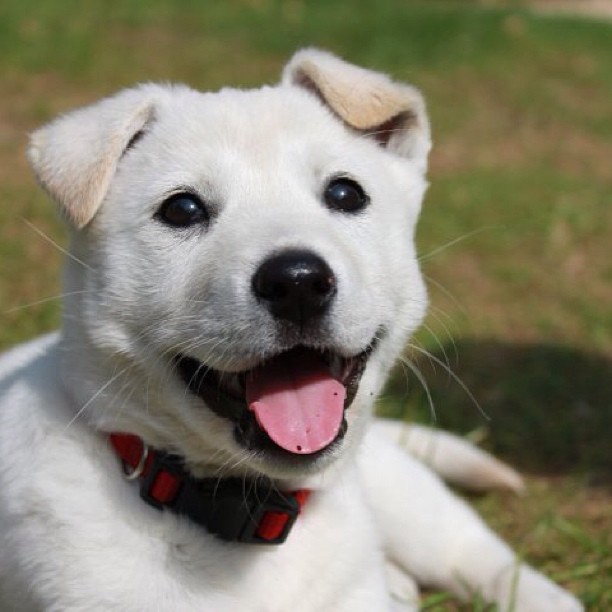

Jindos can learn a wide array of tricks and commands as long as they feel comfortable with their trainer. Positive reinforcement is a necessity, as this breed will shut down if exposed to negative or heavy-handed techniques.
The key is to keep training fun, light, and variable. Jindos like to stay busy and become bored easily so be sure to provide lots of new challenges and mix up the training topic frequently.
Ideal Environment for Jindo Dogs
Jindos tend to be calm and content within the home, and are able to live in small spaces. However, their outdoor environment is another story. Not only are Jindos territorial, they also love to wander.
Their escape artist tendencies combined with their strong prey drive can easily get them in trouble should they invade someone’s property or go after a neighbor’s cat.
In order for a Jindo to thrive as a family pet, he must know his boundaries and receive enough daily exercise to curb his wild tendencies.
Do Jindos Have Health Issues?
Jindos are prone to a common condition called hypothyroidism in which the body doesn’t make enough thyroid hormone. Signs can include dry skin and coat, hair loss, susceptibility to other skin diseases, weight gain, fearfulness, aggression, or other behavioral changes.
Do Jindos Need to Be Groomed?
Korean Jindos have thick, warm double coats that may be brindle, white, black and tan, fawn, or gray. They are known for their cleanliness, and their double coat helps repel dirt and water. Most of the year they require only minimal grooming such as weekly brushing to minimize shedding, and an occasional bath.
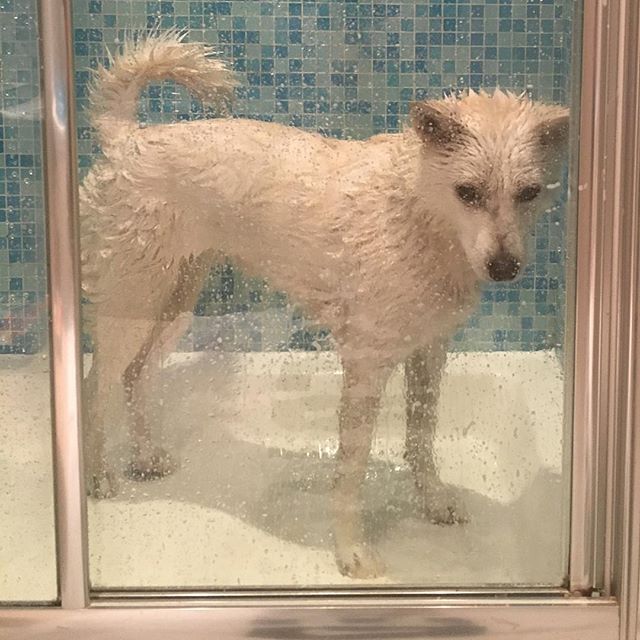

However, twice a year, the Jindo “blows its coat.” The entire undercoat sheds over the course of several weeks, leaving the dog looking spotty and shabby. This process is normal for double-coated breeds, and helps them better tolerate the changing seasons.
How Much Does It Cost to Care for a Jindo?
Since Jindos can be harder to find in the states, prices for a Jindo can go up to $2000 dollars. However you might be able to find one around the $800-$1,000 price range. In contrast, adopting a Jindo costs around $300.
Routine Vet Care (Healthy Dog)
After the first year, you will likely pay less unless your dog develops a serious health condition. Some health problems like hypothyrodism will require ongoing and considerable treatment. You can expect an average yearly price of $100 to $300 for your healthy, adult Jindo.
Dog Food
The cost of the food depends mainly on what food you choose. We recommend high-quality food for your pup, as this can help prevent health problems. A varied diet is often best for your puppy, so you should switch between a few different foods. Jindos grow rapidly in their first year of life and need a nutritious diet to support their growth!
Puppies will usually eat less since they are smaller. You may spend less on their food. However, as an adult, you can plan on spending about $350 on food a year – more if your dog needs a special diet.
Why not make mealtime simple with BARK Eats? With pre-portioned, customized dog food designed for the dietary needs of your dog, you’ll ensure your pup is benefiting from every bite. Enjoy the best of BARK delivered straight to your door and snag 50% off your first month!
These dogs will need quite a few toys. You should plan on them costing about $100 a year.
Preventative Medications for Jindos
It typically costs a couple hundred for a year’s worth of various tick, heartworm, and parasite treatments for your Jindo. Your vet may recommend additional vaccines based on your geographic region and your pup’s lifestyle, so prepare for another $100–$200 on the bill.
Toys Jindos Would Like Best
Jindo dogs are intelligent and energetic with a powerful prey drive which means they loooooooooove toys that challenge their minds and stimulate their instincts!
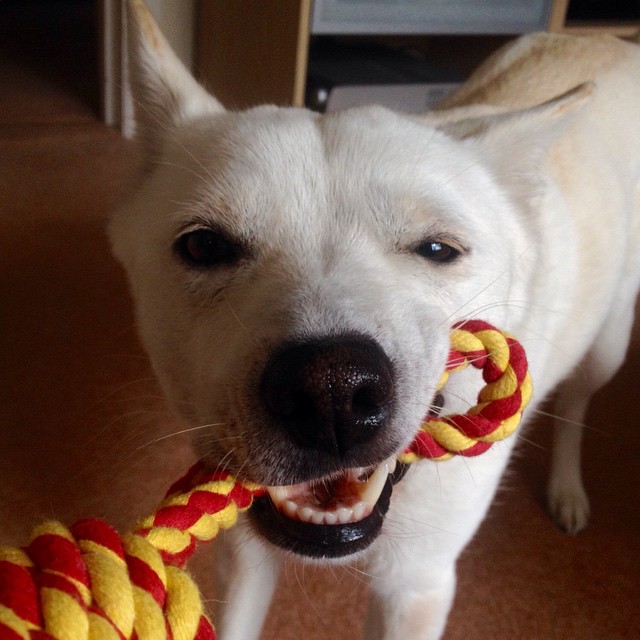

Although they are not known as a food-motivated breed, Jindos love the boredom-busting challenge of a puzzle toy. Make sure you choose one with multiple settings and difficulty levels. Brainy Jindos make short work of easy-to-solve toys.
Balls and Fetch Toys help satisfy their desire to hunt and chase small prey. This experience is even better if the toys bounce erratically or make realistic squeaking sounds like an animal in distress. A few shreddable Plush Toys will also satisfy your Jindo’s inner predator.
And last but not least – if your Jindo is a big chewer, try some Super Chewer Toys for something a bit more durable.
Check out the toys in our post on curbing the craziness of your high-energy dog for more great play ideas!
Recommended Products for Jindos
All good dogs (AKA: all dogs) deserve a cozy, supportive bed to rest their furry head. In addition to the Jindo’s predisposition for hip dysplasia, their activity level also puts them at risk for minor injuries and increased wear and tear.
Choose a plush memory foam bed to support their joints and help them recover from the day.
Orthopedic Ultra Plush Memory Foam Dog Bed
This ultra plush orthopedic dog bed provides support for even the wrinkliest of Bloodhounds! The combination ergonomic memory foam and gel foam relieves pressure points, and helps ease body aches caused by hip dysplasia, arthritis and other orthopedic issues. It offers the best therapeutic support for your Bloodhound. ($27.99-64.99.)
Jindo Dog Tips To Keep In Mind
Jindos may be a bit too smart for their own good. As known escape artists, they are at high risk for becoming lost or injured during one of their adventures. To combat this, we advise you to create a secure and supervised play area for them inside and outside.
Notable Rescues to Find The Jindo Of Your Dreams
- Treasured K9s
- Two Dog Farms, Inc.
- Jindo Dog Rescue
- Jindo Love Rescue
- Free Korean Dogs
- Save Korean Dogs
- Korean K9 Rescue
- Adoptable Jindos on Petfinder
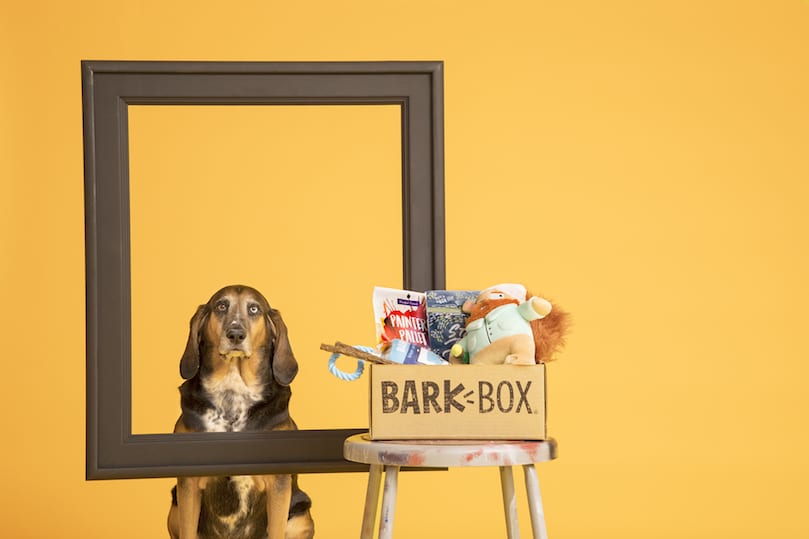

Want More Helpful Breed Guides Like This?
Whippet Breed Information Guide
Greyhound Breed Information Guide
Bichon Frise Breed Information Guide
Dalmatian Breed Information Guide


